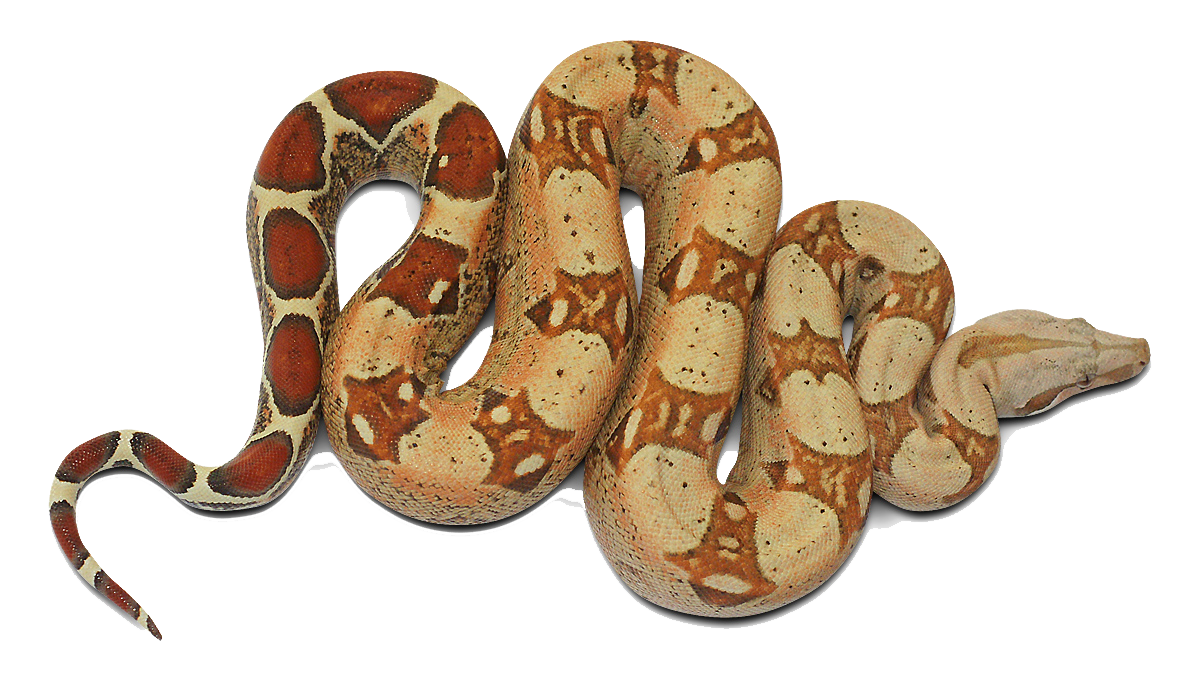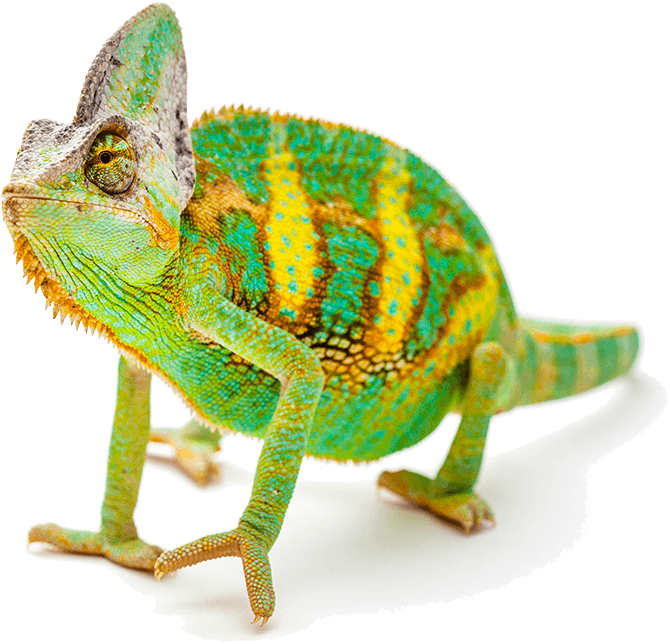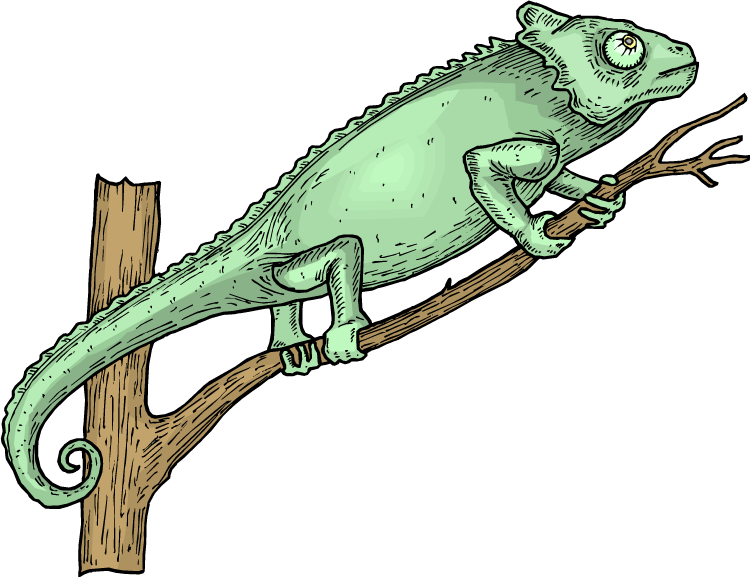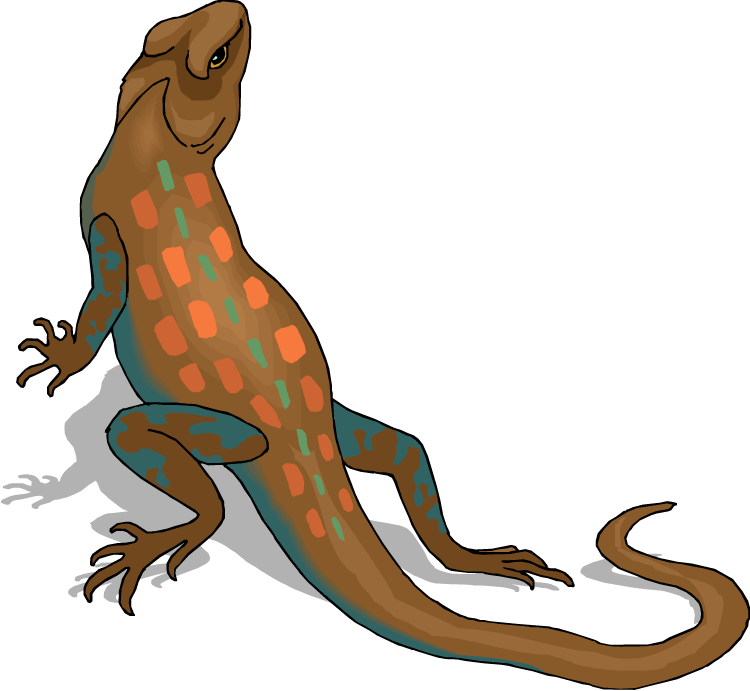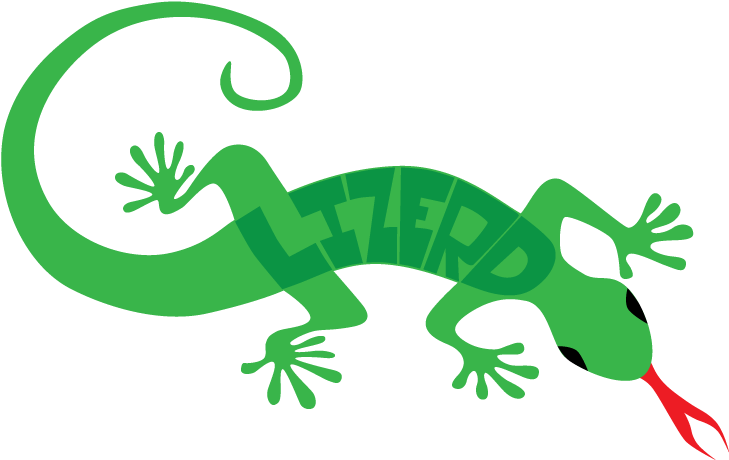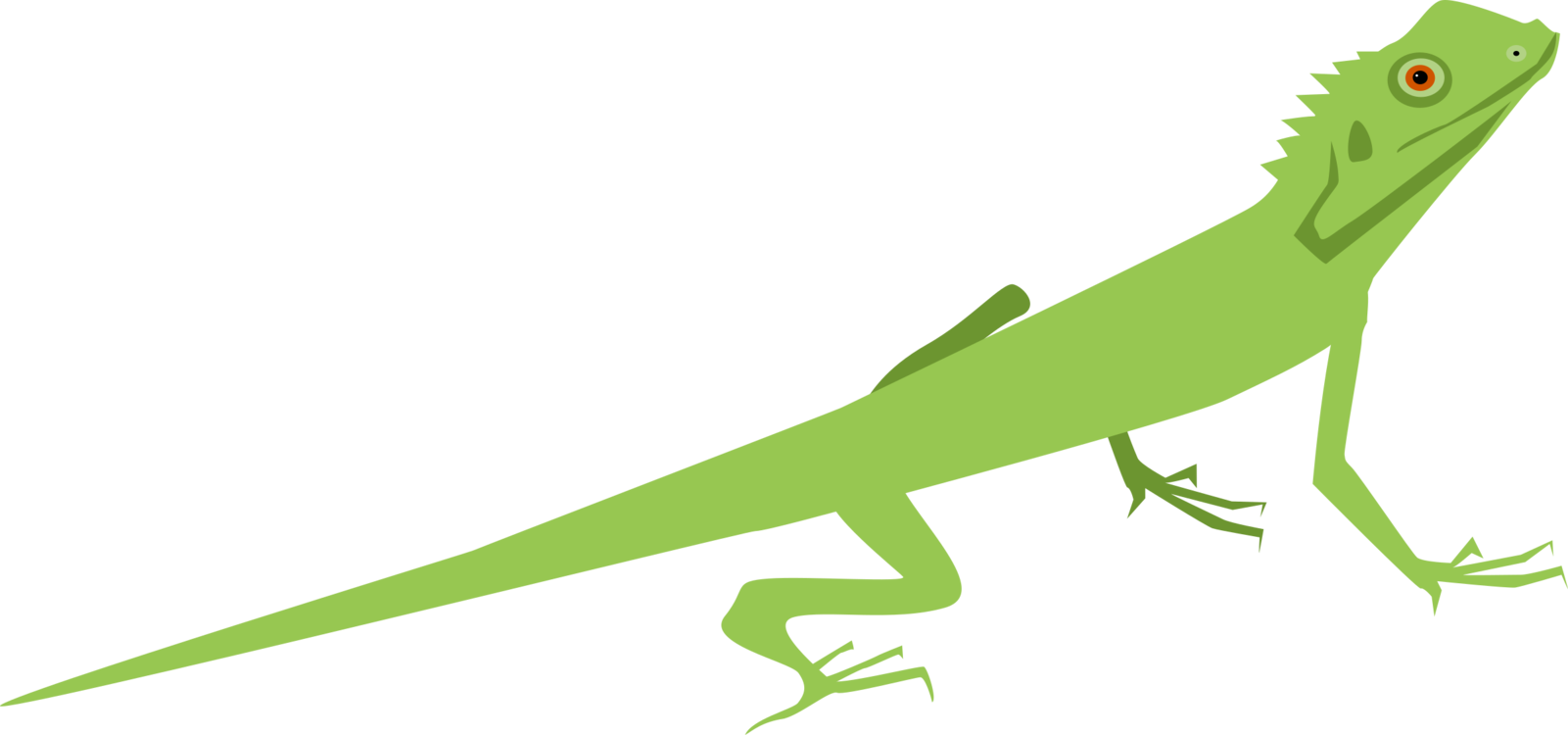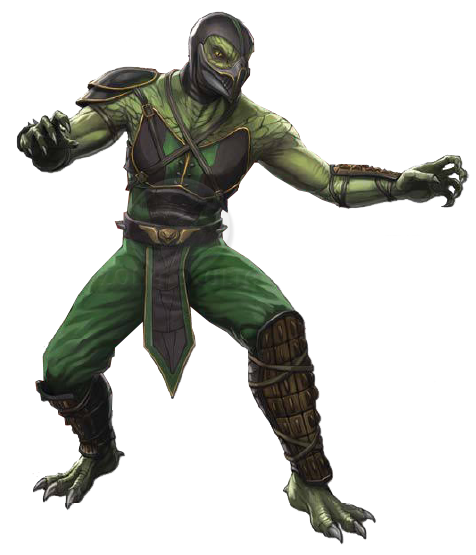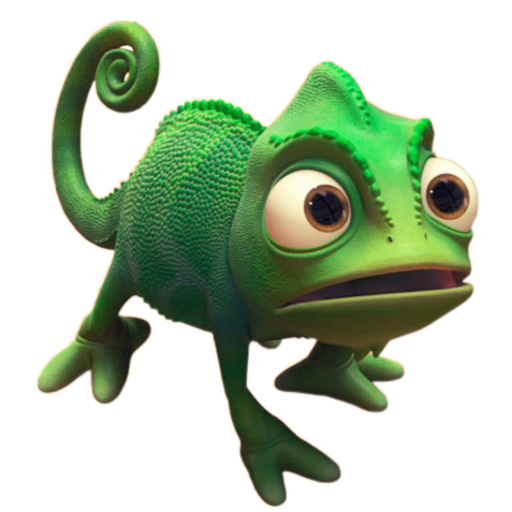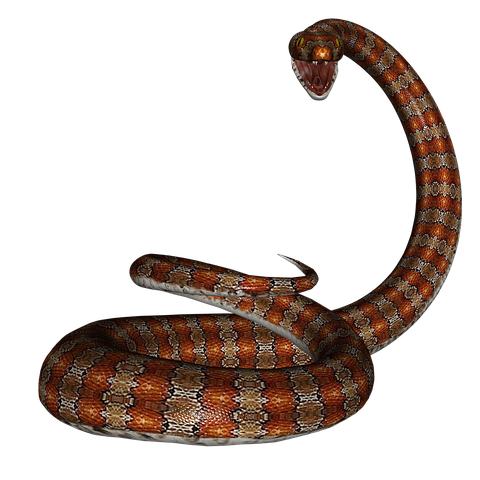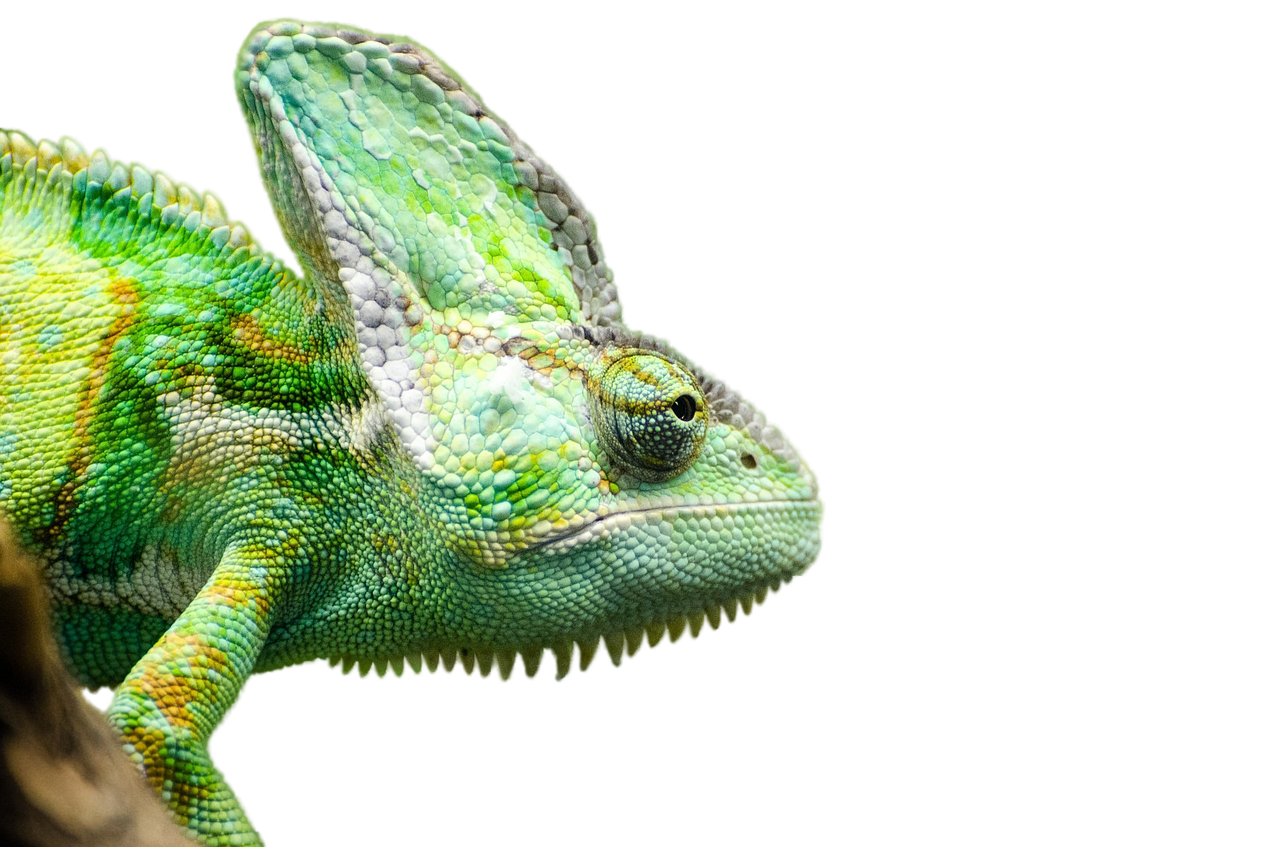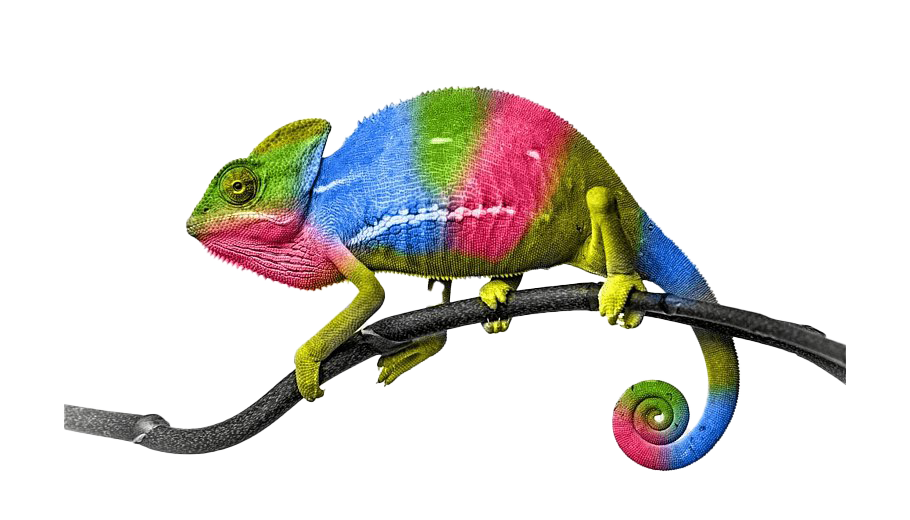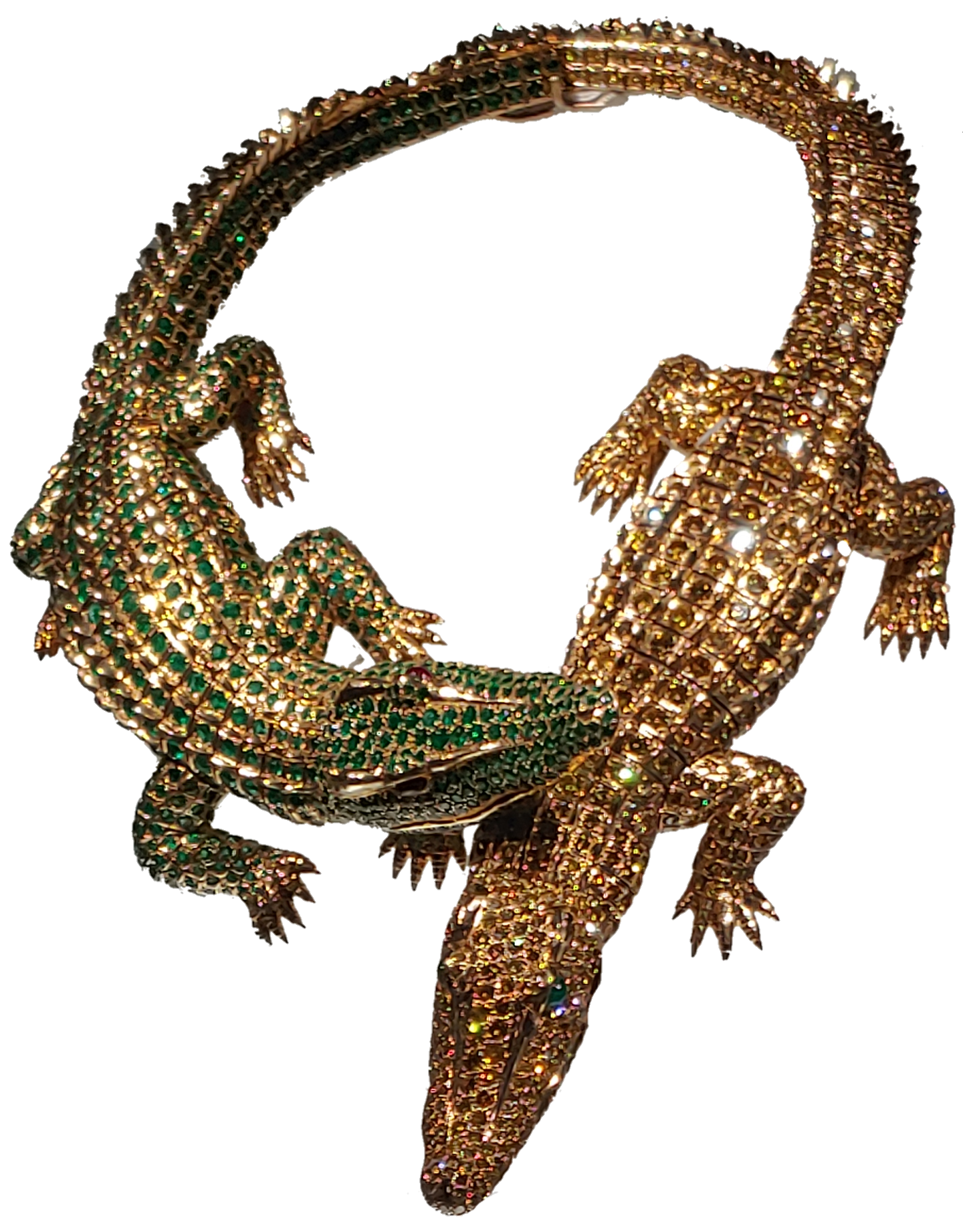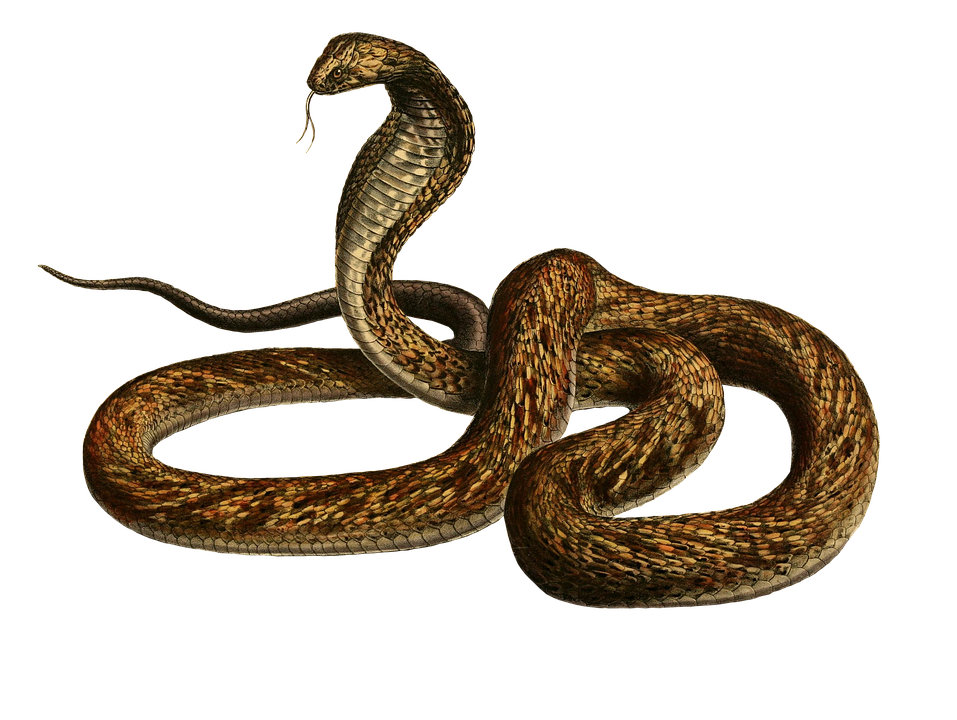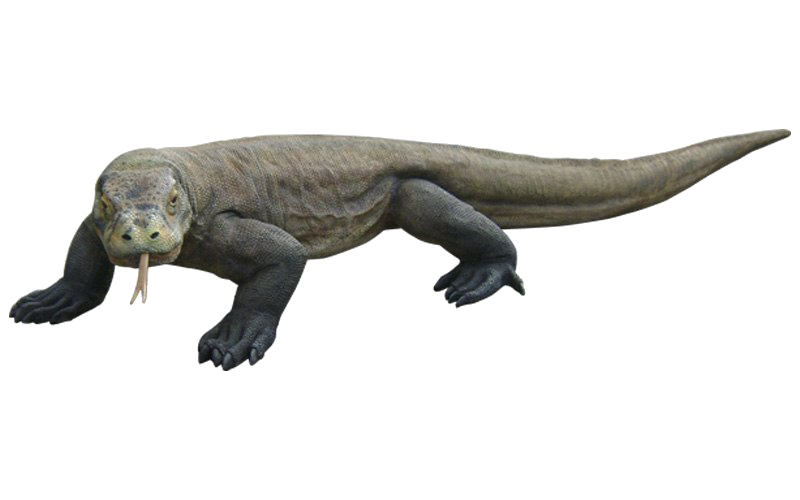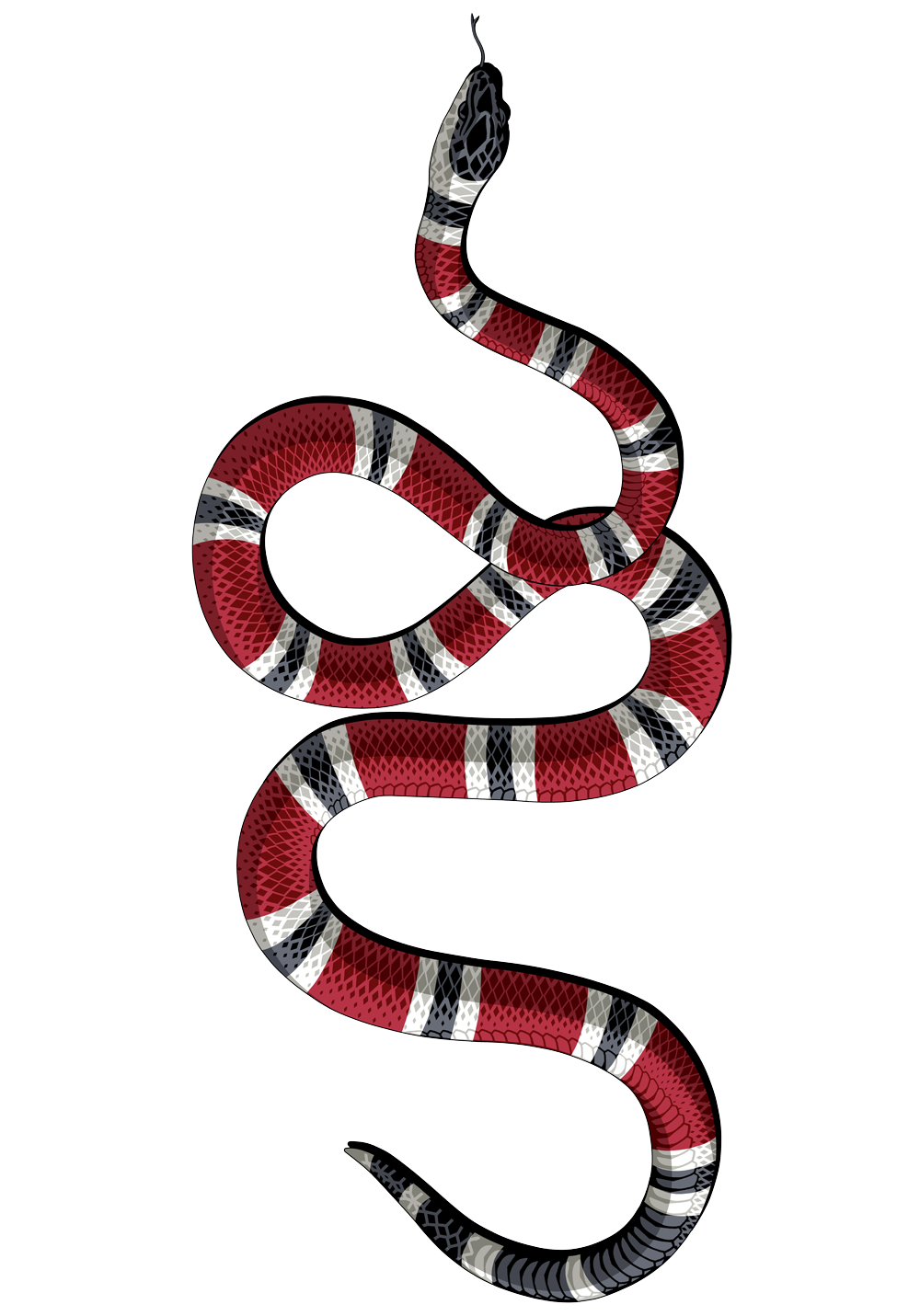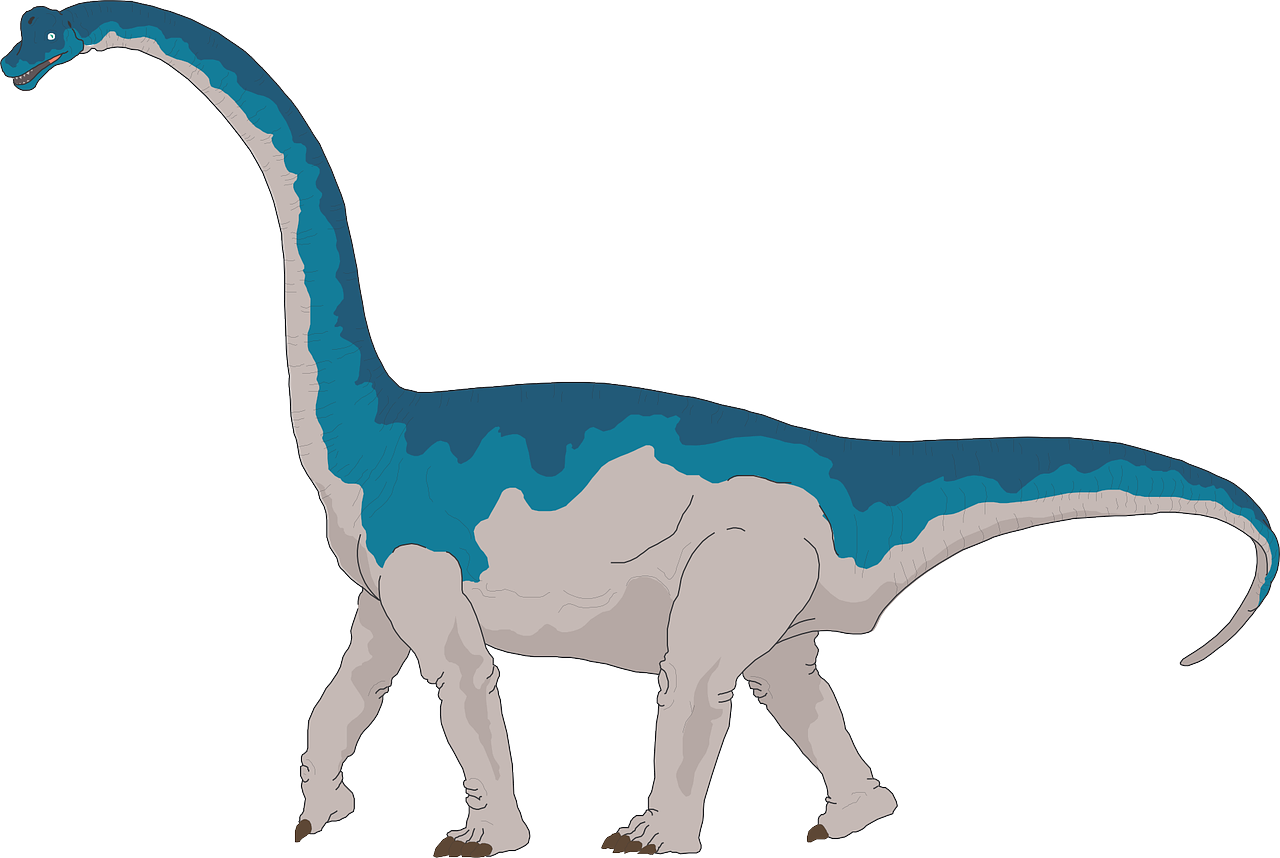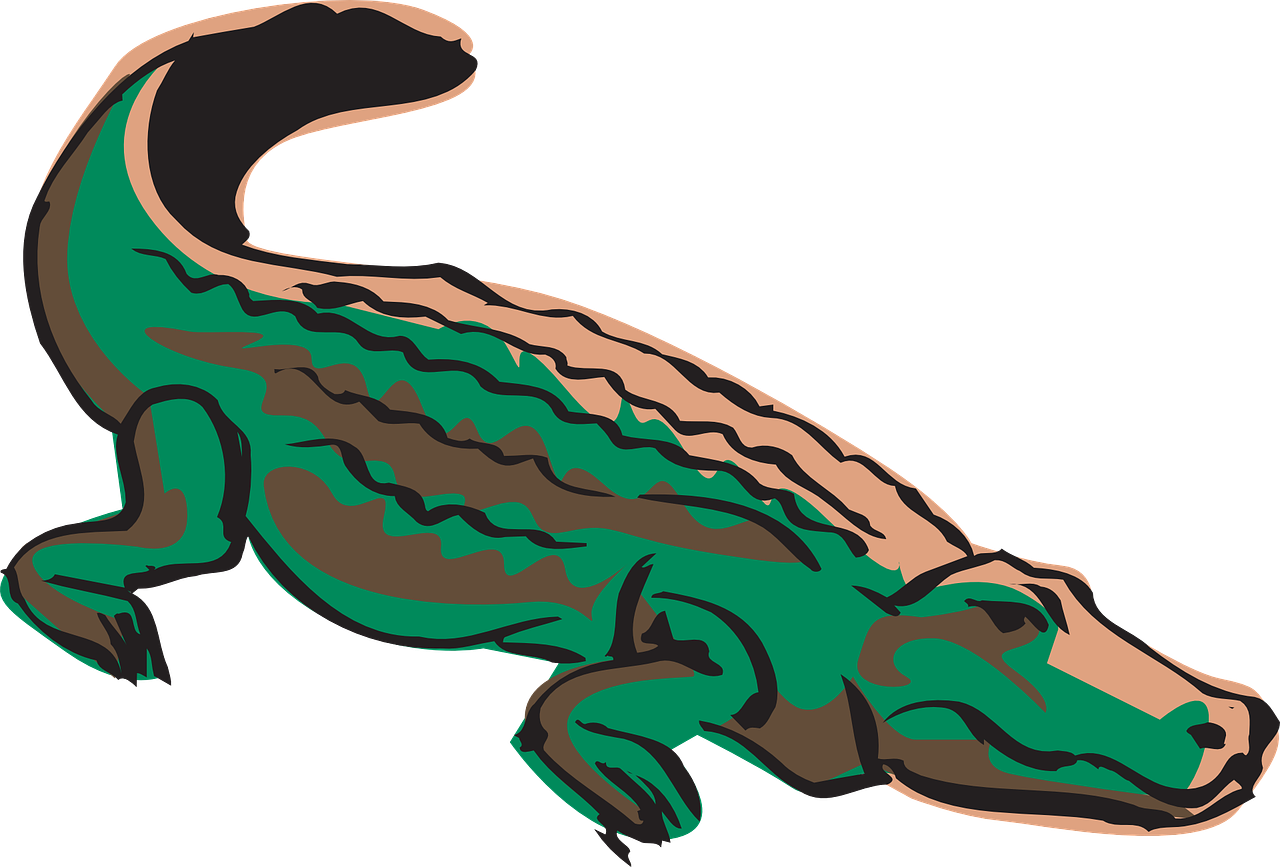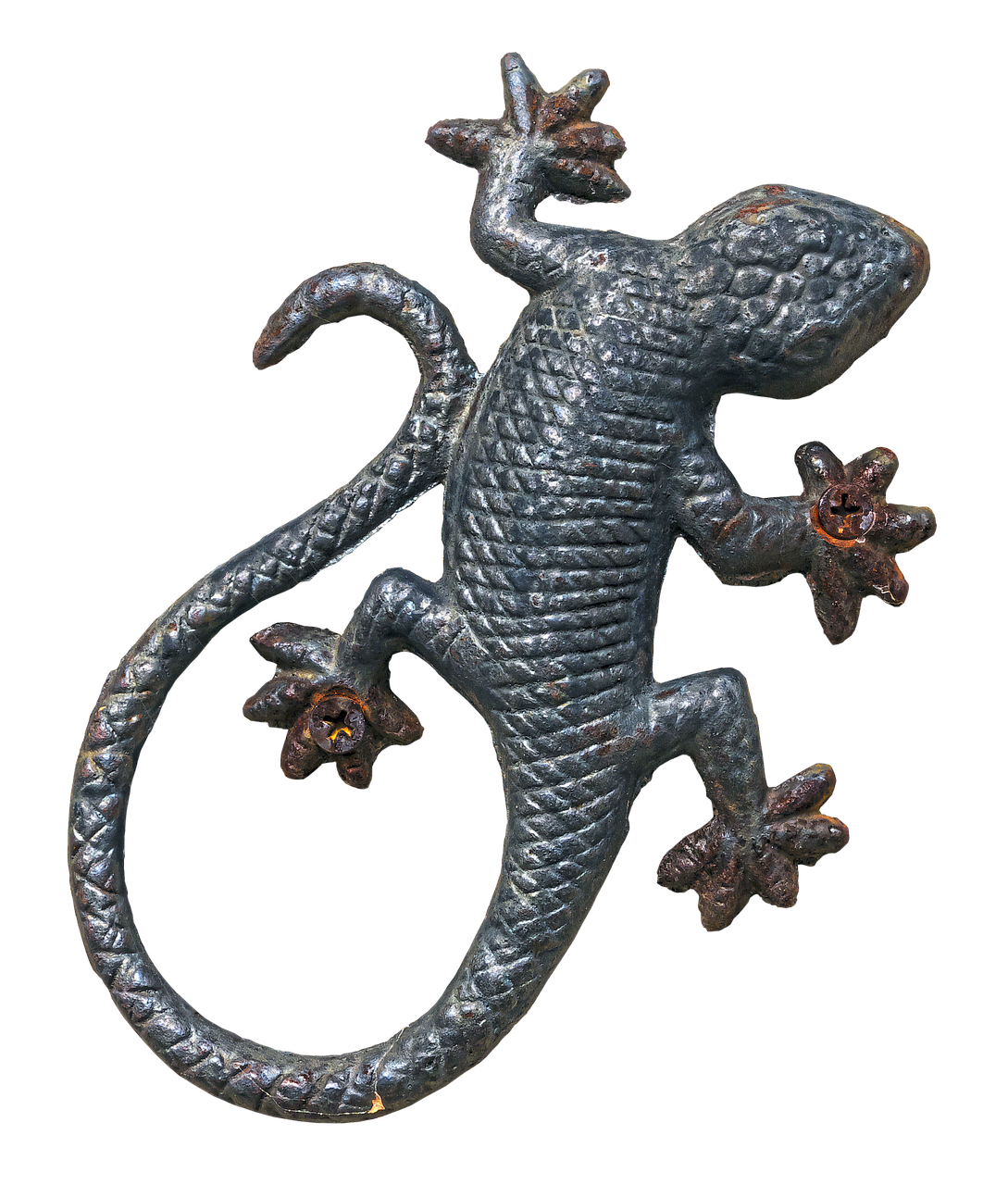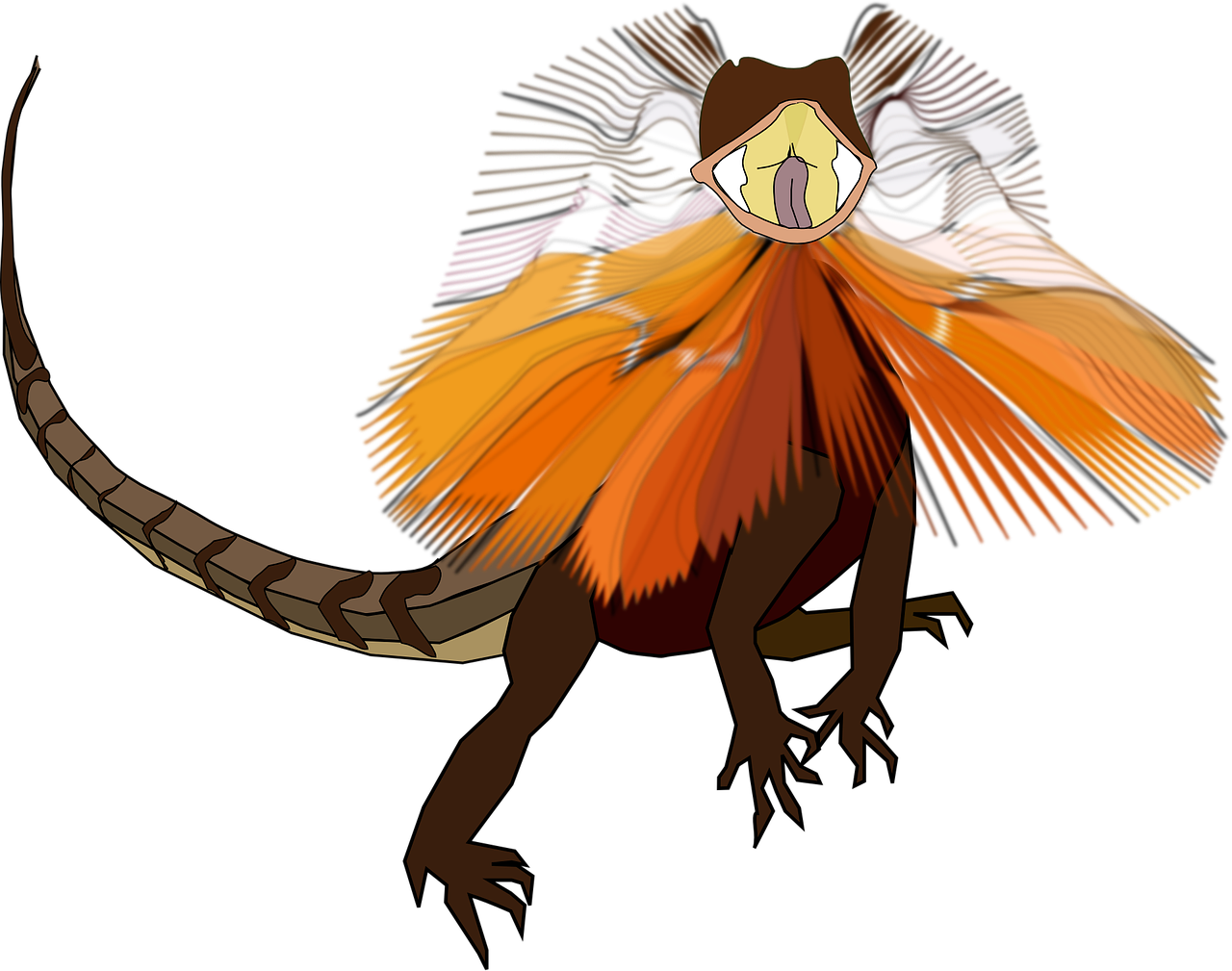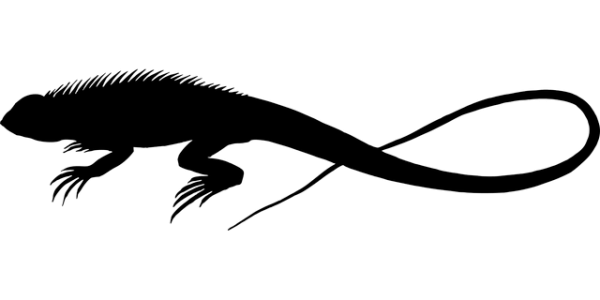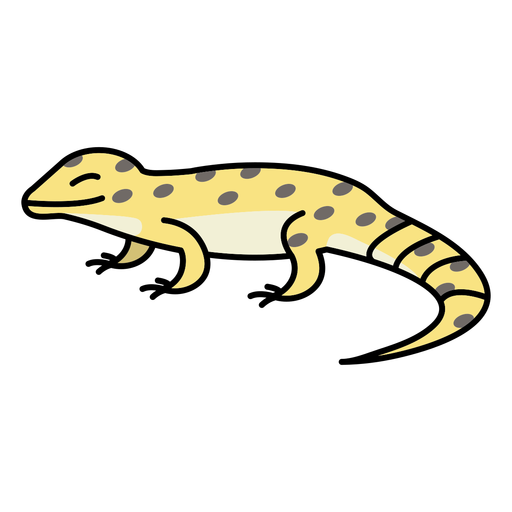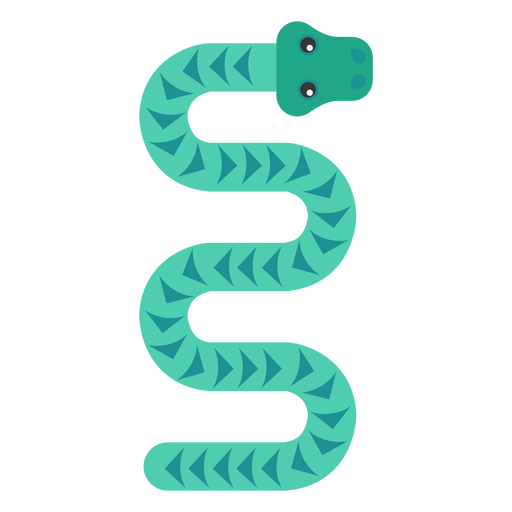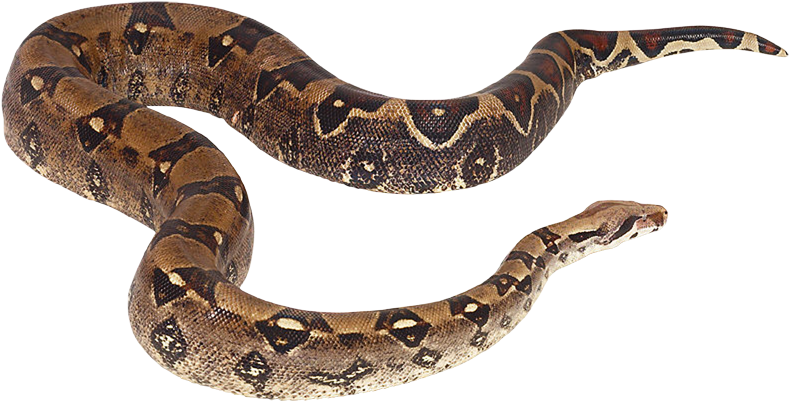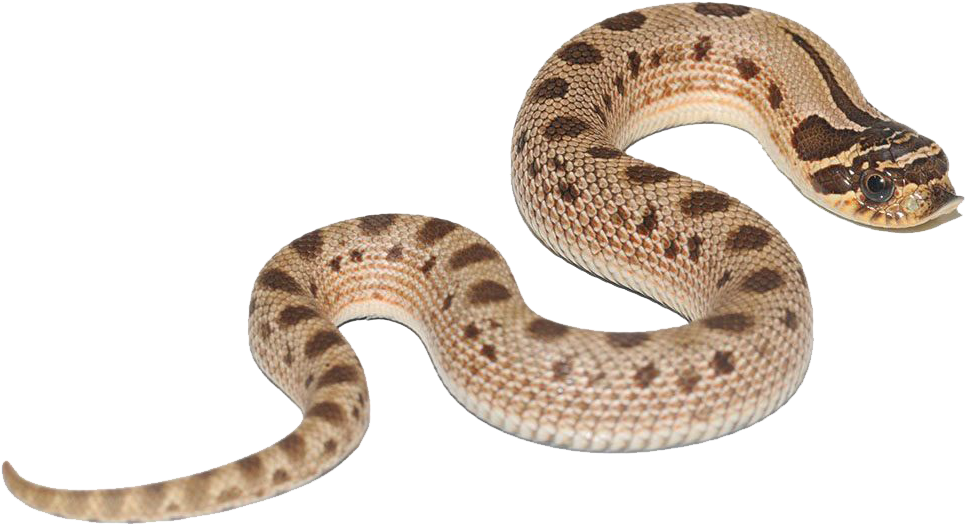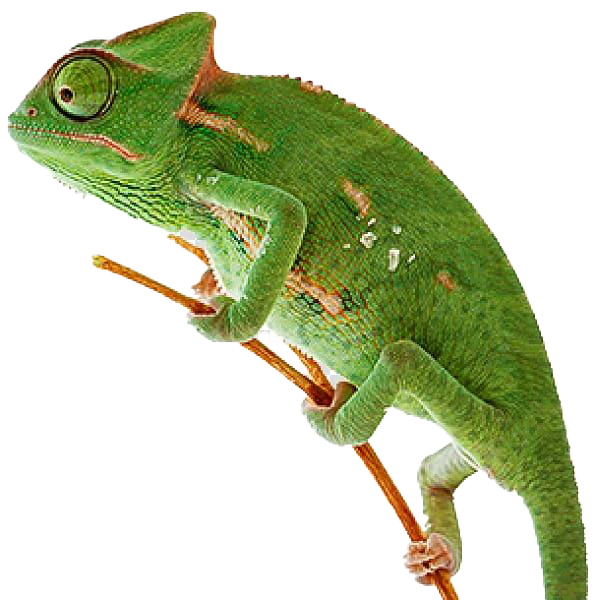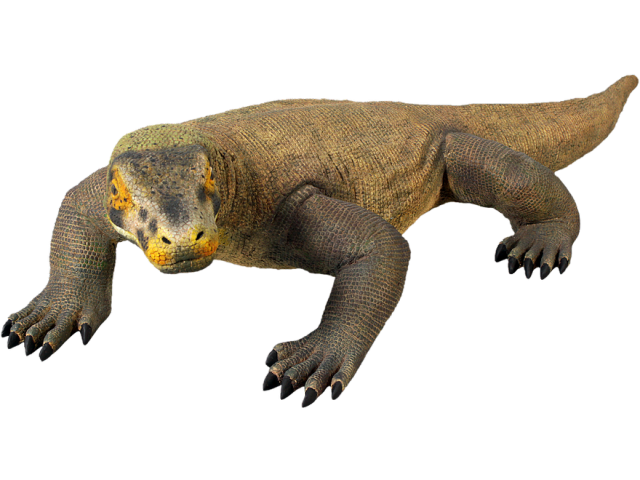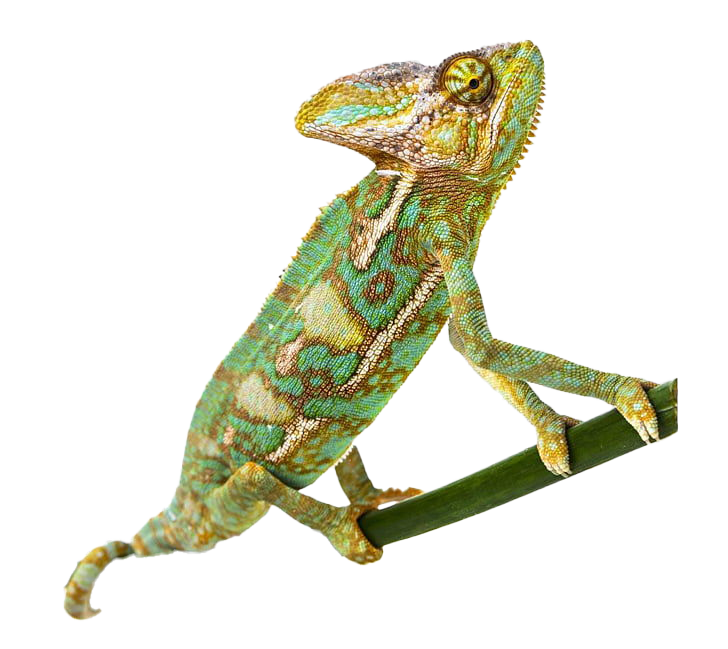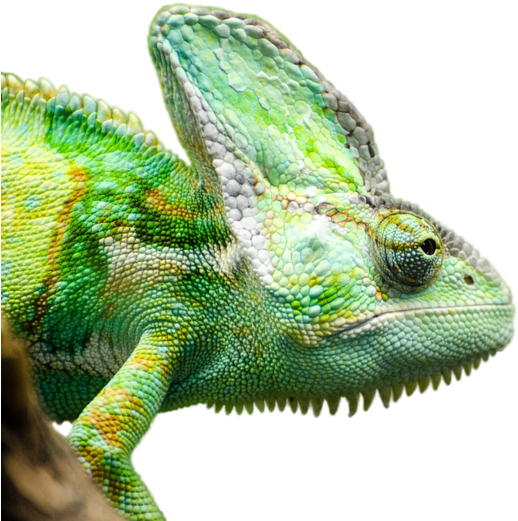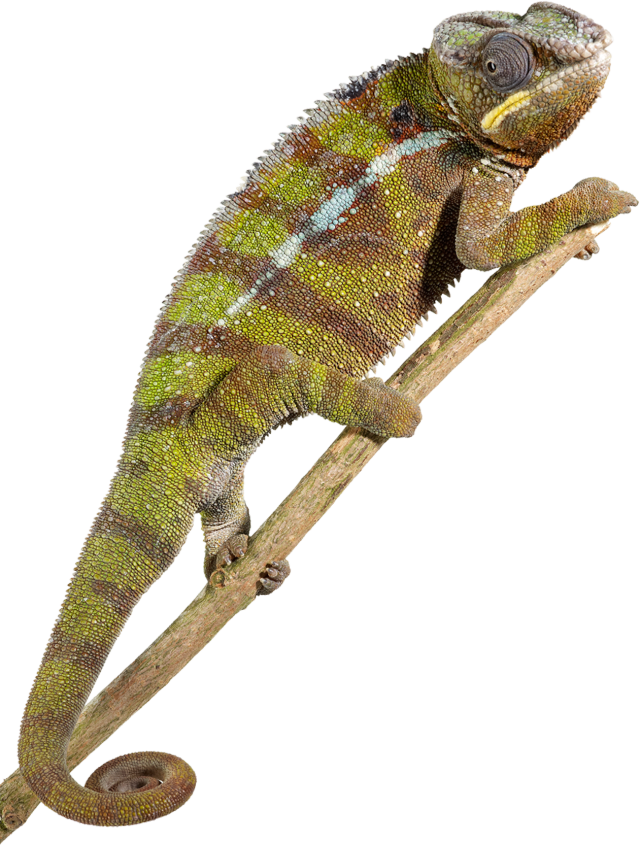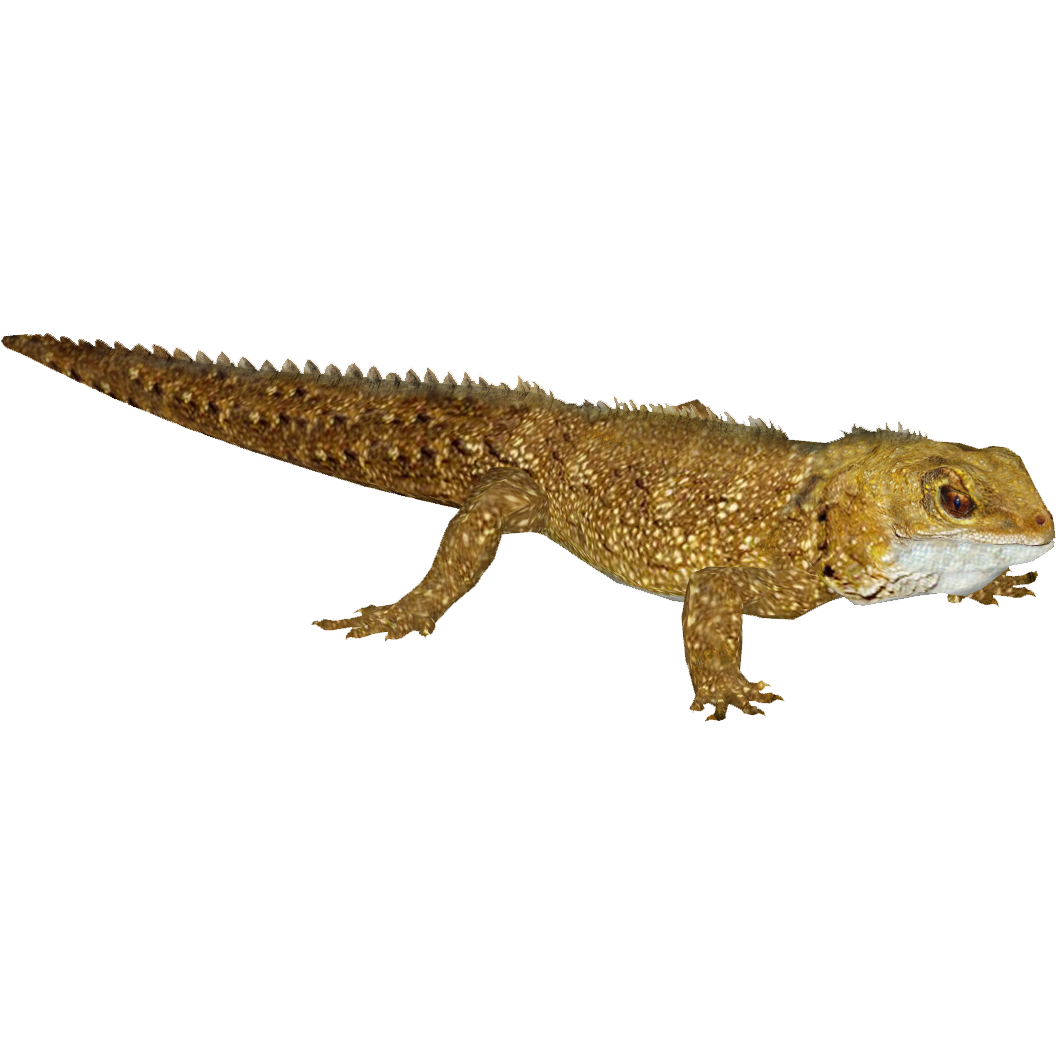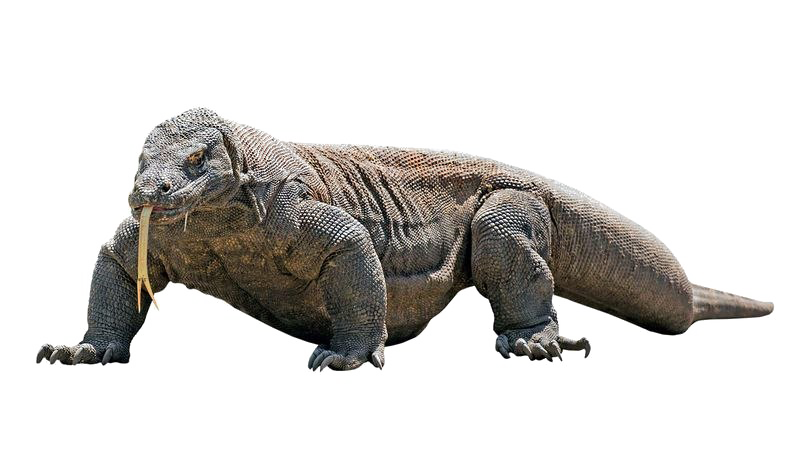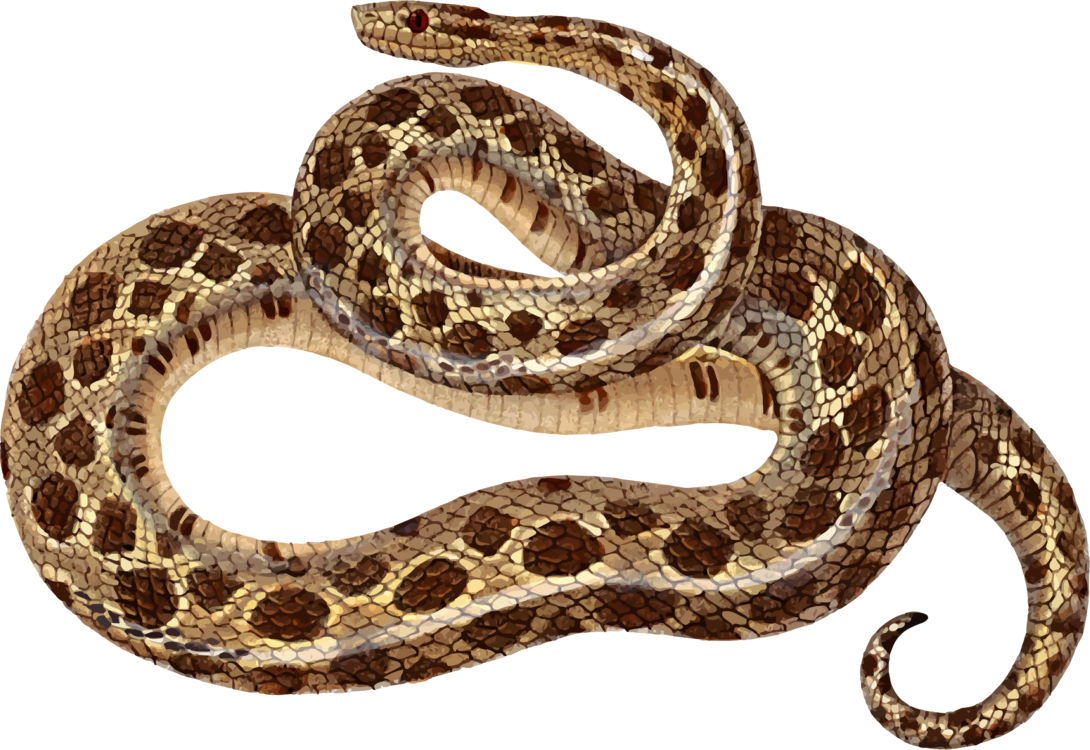Download top and best high-quality free Reptile PNG Transparent Images backgrounds available in various sizes. To view the full PNG size resolution click on any of the below image thumbnail.
License Info: Creative Commons 4.0 BY-NC
Reptiles are creatures belonging to the Reptilia class, a paraphyletic grouping that includes all amniotes save synapsids. Turtles, crocodilians, snakes, amphisbaenians, lizards, tuataras, and their extinct cousins belong to this class. Birds are classified separately from reptiles in the classical Linnaean classification system.
Crocodilians, on the other hand, are more closely linked to birds than to other extant reptiles, hence recent cladistic categorization schemes include birds inside Reptilia, thereby redefining the term as a clade.
Other cladistic definitions drop the name reptile entirely in favor of the Sauropsida clade, which encompasses all creatures that are more closely related to current reptiles than mammals. Herpetology is the study of conventional reptile orders that have traditionally been mixed with contemporary amphibians.
The first known proto-reptiles emerged from sophisticated reptiliomorph tetrapods that were progressively suited to living on dry ground some 312 million years ago during the Carboniferous epoch. Hylonomus, a tiny and seemingly lizard–like animal, was the first known eureptile (“genuine reptile”).
The two greatest reptile lineages, Archosauromorpha (crocodilians, birds, and kin) and Lepidosauromorpha (lizards and kin), separated near the end of the Permian epoch, according to genetic and fossil evidence.
Aside from extant reptiles, several other groups have become extinct, some as a result of catastrophic extinction events. Pterosaurs, plesiosaurs, ornithischians, and sauropods, as well as numerous theropods, crocodyliforms, and squamates, were wiped off during the Cretaceous”Paleogene extinction event (e.g., mosasaurs).
Except for Antarctica, all continents are home to non-bird reptiles. There are 361 species of Testudines (turtles and tortoises), 1 species of Rhynchocephalia (the New Zealand tuatara), 11,052 species of Squamata (lizards, snakes, and worm lizards), and 27 species of Crocodilia (crocodiles, gharials, caimans, and alligators).
Reptiles are tetrapod animals, meaning they have four limbs or are derived from four-limbed predecessors, like snakes. Reptiles, unlike amphibians, lack an aquatic larval stage. The fetus develops within the mother, using a (non-mammalian) placenta rather than being contained in an eggshell, in most reptiles, though several species of squamates are viviparous, as were some extinct aquatic clades” the fetus develops within the mother, using a (non-mammalian) placenta rather than being contained in an eggshell.
Reptile eggs, like those of other amniotes, are enveloped by membranes for protection and transport, allowing them to reproduce on land. Many viviparous animals nourish their fetuses through placentas that are similar to those seen in mammals, and some even provide early care for their hatchlings. The small gecko Sphaerodactylus ariasae may grow up to 17 mm (0.7 in) in length and weigh over 1,000 kg, whereas the saltwater crocodile Crocodylus porosus can reach 6 m (19.7 ft) in length and weigh over 1,000 kg (2,200 lb).
According to Vincent of Beauvais’ Mirror of Nature, the category of reptile was recognized in Europe in the 13th century as consisting of a miscellany of egg-laying species, including “snakes, other weird monsters, lizards, varied amphibians, and worms.” Reptiles were lumped together with amphibians from the start of taxonomy in the 18th century. In his Systema Natura, Linnaeus classified all reptiles and amphibians in class “III ” Amphibia,” despite the lack of species in Sweden, where the common adder and grass snake are frequently seen hunting in water.
The names reptile and amphibian were used interchangeably, with the French preferring reptile (from Latin repere, ‘to crawl’). Josephus Nicolaus Laurenti was the first to formally adopt the name Reptilia to describe a broader range of reptiles and amphibians than Linnaeus. The two divisions are still routinely handled under the umbrella term herpetology today.
Download Reptile PNG images transparent gallery.
- Reptile PNG Free Image
Resolution: 1200 × 692
Size: 882 KB
Image Format: .png
Download
- Reptile Animal PNG Photo
Resolution: 670 × 644
Size: 213 KB
Image Format: .png
Download
- Reptile Animal PNG Photos
Resolution: 750 × 578
Size: 142 KB
Image Format: .png
Download
- Reptile Animal
Resolution: 750 × 691
Size: 100 KB
Image Format: .png
Download
- Reptile Animal PNG File
Resolution: 729 × 460
Size: 19 KB
Image Format: .png
Download
- Reptile Animal Transparent
Resolution: 1601 × 750
Size: 102 KB
Image Format: .png
Download
- Reptile Animal No Background
Resolution: 640 × 1280
Size: 140 KB
Image Format: .png
Download
- Reptile PNG Picture
Resolution: 476 × 555
Size: 182 KB
Image Format: .png
Download
- Reptile Animal PNG Clipart
Resolution: 512 × 512
Size: 251 KB
Image Format: .png
Download
- Reptile PNG Pic
Resolution: 480 × 480
Size: 203 KB
Image Format: .png
Download
- Reptile PNG Image HD
Resolution: 1280 × 847
Size: 1092 KB
Image Format: .png
Download
- Reptile Animal PNG Free Image
Resolution: 910 × 520
Size: 349 KB
Image Format: .png
Download
- Reptile PNG Image File
Resolution: 1440 × 1842
Size: 2503 KB
Image Format: .png
Download
- Reptile No Background
Resolution: 957 × 720
Size: 592 KB
Image Format: .png
Download
- Reptile PNG Photo
Resolution: 800 × 500
Size: 163 KB
Image Format: .png
Download
- Reptile Animal PNG Cutout
Resolution: 1000 × 1431
Size: 554 KB
Image Format: .png
Download
- Reptile PNG
Resolution: 1280 × 858
Size: 239 KB
Image Format: .png
Download
- Reptile
Resolution: 1280 × 867
Size: 342 KB
Image Format: .png
Download
- Reptile PNG Photos
Resolution: 1089 × 1280
Size: 1308 KB
Image Format: .png
Download
- Reptile Transparent
Resolution: 1280 × 1009
Size: 750 KB
Image Format: .png
Download
- Reptile Animal PNG Picture
Resolution: 1024 × 1024
Size: 152 KB
Image Format: .png
Download
- Reptile Animal PNG Image HD
Resolution: 600 × 300
Size: 44 KB
Image Format: .png
Download
- Reptile Animal Background PNG
Resolution: 512 × 512
Size: 9 KB
Image Format: .png
Download
- Reptile PNG File
Resolution: 512 × 512
Size: 16 KB
Image Format: .png
Download
- Reptile Animal PNG
Resolution: 512 × 512
Size: 47 KB
Image Format: .png
Download
- Reptile Animal PNG HD Image
Resolution: 512 × 512
Size: 49 KB
Image Format: .png
Download
- Reptile Animal PNG Background
Resolution: 789 × 401
Size: 432 KB
Image Format: .png
Download
- Reptile PNG Clipart
Resolution: 965 × 525
Size: 553 KB
Image Format: .png
Download
- Reptile Animal PNG Image File
Resolution: 600 × 600
Size: 372 KB
Image Format: .png
Download
- Reptile PNG Cutout
Resolution: 640 × 480
Size: 260 KB
Image Format: .png
Download
- Reptile Animal PNG Images
Resolution: 541 × 338
Size: 251 KB
Image Format: .png
Download
- Reptile Animal PNG Images HD
Resolution: 728 × 649
Size: 369 KB
Image Format: .png
Download
- Reptile Animal PNG Pic
Resolution: 518 × 521
Size: 555 KB
Image Format: .png
Download
- Reptile Animal PNG Image
Resolution: 640 × 845
Size: 582 KB
Image Format: .png
Download
- Reptile PNG Images HD
Resolution: 1056 × 1056
Size: 396 KB
Image Format: .png
Download
- Reptile PNG HD Image
Resolution: 720 × 720
Size: 635 KB
Image Format: .png
Download
- Reptile PNG Images
Resolution: 800 × 449
Size: 323 KB
Image Format: .png
Download
- Reptile PNG Image
Resolution: 1090 × 750
Size: 930 KB
Image Format: .png
Download
